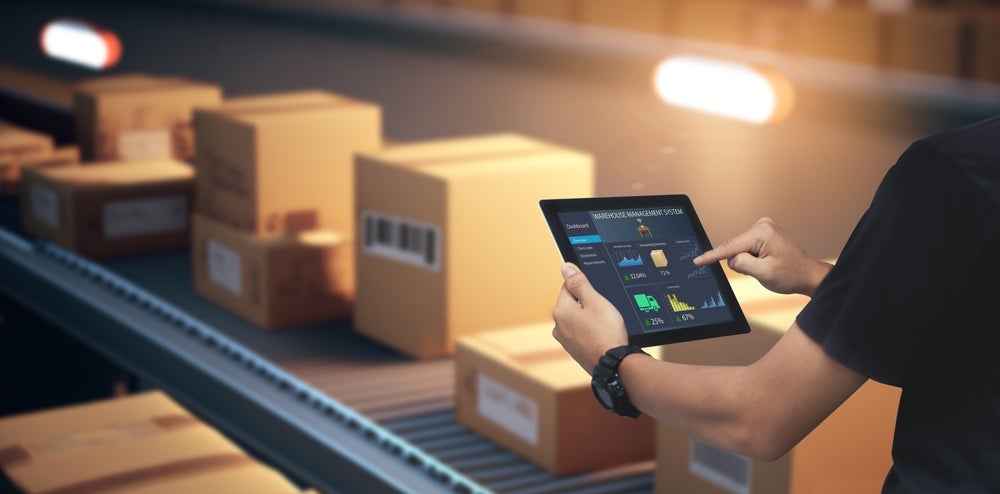
Case Western Reserve University scientists are developing a revolutionary “smart packaging” system designed to monitor the conditions of perishable food products during transport.
This innovative approach could reshape supply chains, reduce costs and ensure better-quality food for consumers.
This system aims to monitor temperature fluctuations, moisture changes and pathogens in perishable food products while they are in transit.
Spearheaded by Chanyong (Chase) Cao, an assistant professor leading the research team, this project could potentially address the alarming issue of food wastage.
Approximately one-third of all food produced for human consumption, roughly 1.3 billion tons annually, goes to waste. However, this new solution promises to significantly reduce spoilage, improve cost savings and enhance food safety.
Self-powered monitoring with D-TENG
At the heart of this innovative system is a compact, self-powered monitoring device equipped with flexible sensors and an energy harvester. These sensors make use of desiccants, the moisture-absorbing pellets typically found in packaging, to harness and store ambient energy.
Remarkably, this energy is generated from the vibrations of the delivery trucks themselves. This real-time monitoring system provides valuable digital data about packaged food’s temperature, moisture levels and spoilage conditions.
The team’s ingenious creation, the desiccant-based triboelectric nanogenerator (D-TENG), extends the lifespan of the monitoring system.
One of the key advantages of this technology is its environmental sustainability. Unlike traditional battery-powered systems, which are costly and contribute to pollution, the D-TENG system offers an eco-friendly alternative.
While some modern transport companies already employ sensors to monitor conditions during transit, their reliance on conventional batteries remains a drawback. Moreover, these systems often lack the ability to provide real-time data to detect food spoilage.
The new approach pioneered by Cao’s team addresses these limitations and holds great promise for the future of food transportation.
Towards a brighter future
This research aligns with the World Bank’s vision for reducing food waste, emphasising the need for improved technology in preserving perishable goods throughout the supply chain. Although the team has not yet tackled the challenge of better cooling perishable food during transit, they have taken the crucial first step in identifying potential issues in real-time.
The team is currently in the process of assembling a working prototype, with plans to scale up production and bring this game-changing technology to market within the next five years.
Beyond preventing food spoilage, Cao envisions this technology benefiting vaccine shipments, offering companies and government agencies real-time temperature information critical for the safe transportation of these essential products.
The researchers say the future appears brighter for both the food industry and critical supply chains thanks to this groundbreaking “smart packaging” innovation.




